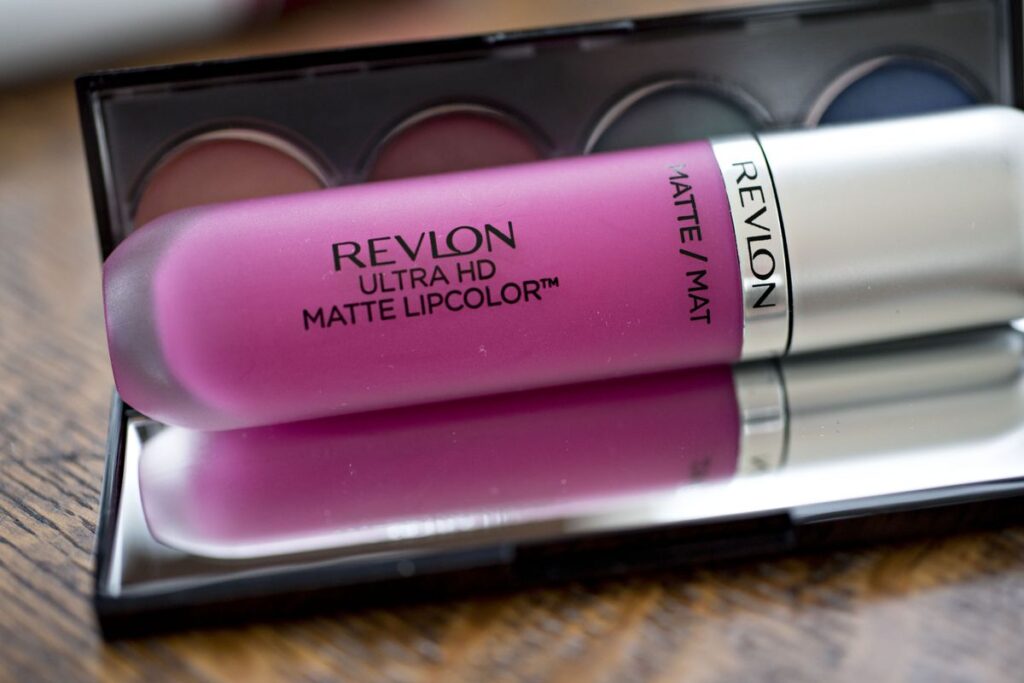
Cosmetic brand Revlon Inc. has filed for bankruptcy. The company over the years, failed to tap into the sales boom on cosmetics despite the drive from social media influencers and celebrities and was subsequently unable to manage its heavy debt load.
In its court filings, Revlon listed assets totalling $2.3 billion as of late April. That stands in contrast to total debts of $3.7 billion, which include its 6.25% senior notes due in 2024, according to court papers dated June 15.
The cosmetics giant, owned by billionaire Rob Perelman sought court protection in the Southern District of New York after the global supply chain crunch and steep inflation deepened its woes. It filed a Chapter 11 filing which allows a company to continue operating while it works out a plan to repay creditors.
What you should know about Revlon
- The 90-year-old company got its start selling nail enamel in the throes of the Great Depression, and later added coordinated lipsticks to its collection. By 1955, the brand was international.
- Perelman’s holding company, MacAndrews & Forbes Inc., took control of Revlon in an acrimonious takeover in 1985, funding the deal with junk debt raised by Michael Milken.
- MacAndrews & Forbes at one point sued Revlon over the company’s acceptance of a lower offer from Forstmann Little &Co., resulting in a landmark Delaware court decision on the fiduciary duties of board members, sometimes dubbed the “Revlon Rule.”
- According to Bloomberg, apart from the dollar bond, Revlon has 10 loans with the outstanding amounts totalling about $2.6 billion and maturing in the next three years. The company’s debt load proved burdensome, especially after it sold more than $2 billion of loans and bonds to fund its acquisition of Elizabeth Arden in 2016. It also owns brands including Cutex and Almay, and markets in more than 150 countries.
- In recent years, it’s struggled to compete with newer brands that advertise heavily on social media. The pandemic provided another blow, and more recently, the company struggled to address supply chain problems and inflation that dented margins.
- Revlon narrowly staved off multiple previous defaults by cutting deals with creditors to rework its obligations out of court. However, this backfired as it later found itself ensnared in one of the banking industry’s most infamous blunders when Citigroup Inc. intending to process a routine loan interest payment, mistakenly paid some Revlon creditors nearly $900 million.
- On Revlon’s challenges, Debra Perelman, Revlon chief executive and daughter of Ron Perelman stated,”Our challenging capital structure has limited our ability to navigate macro-economic issues,”
- macro-economic issues,”

